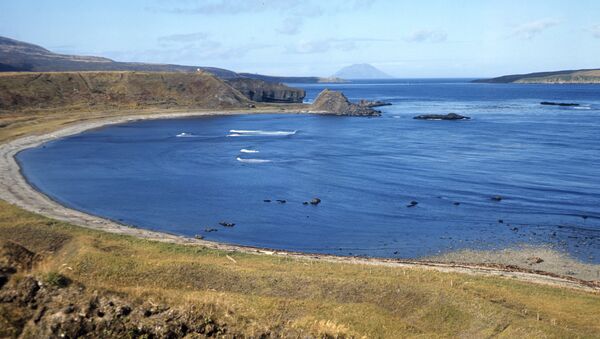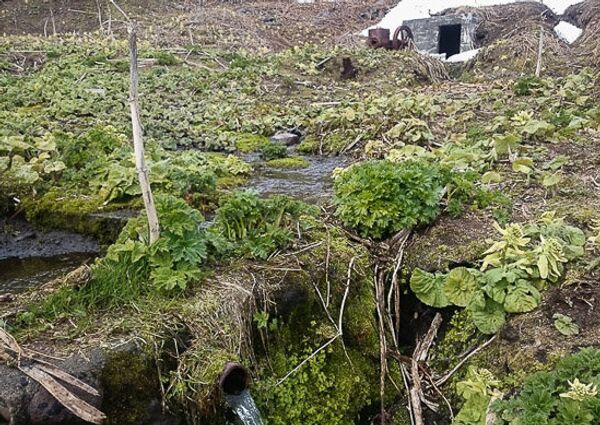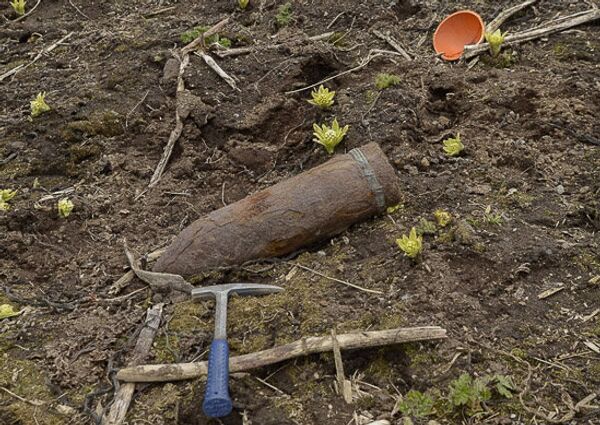The first records mentioning the island date back to the early 18th century when it was home to an Ainu settlement. Eventually the Japanese military took an interest in the island and by the beginning of World War II it became a veritable fortress with a vast network of underground communications, docks and an airfield. After Japan surrendered in 1945, the island’s garrison surrendered to the Soviet landing force without firing a shot.
After a Russian border guard outpost established there by the USSR was abandoned in 2001, the island became completely uninhabited. However, its vast heritage has long captivated the imagination of Russian military historians.
In 2003 adventurers from the Russian Kamchatka Peninsula mounted an expedition to the island, and were so astounded by their findings that they ended up mounting fifteen more excursions there.
Irina Viter, scientific adviser and participant of all of those expeditions, told Sputnik the findings collated by her group became the most comprehensive source of information for the Defense Ministry and Russian Geographical Society as they planned their own expedition to the island.
"The island is rife with trenches and artificial caverns. The northern part of the island was protected by a volcano, and the rest was transformed by Japanese army engineers into a stronghold. The entire perimeter of Matua was ringed by pillboxes, some of them carved into the rock. The entire system also had an extensive network of underground communications," Viter said.
She explained that there's an entire underground city hidden on the island, and that according to the rumors it may have housed Japanese biological warfare or even nuclear research labs, but so far no evidence supporting these theories was discovered.
"We've made a variety of discoveries over all these years, from weapons to army boots and kitchenware. We’ve found enough Japanese artifacts for several museums. The whole island is essentially an open-air museum of war," Viter said.
She also remarked that for some reason all attempts to establish cooperation with Japanese historians have so far ended in failure, even though such partnership may in fact help shed light on previously unknown chapters of the Second World War.






